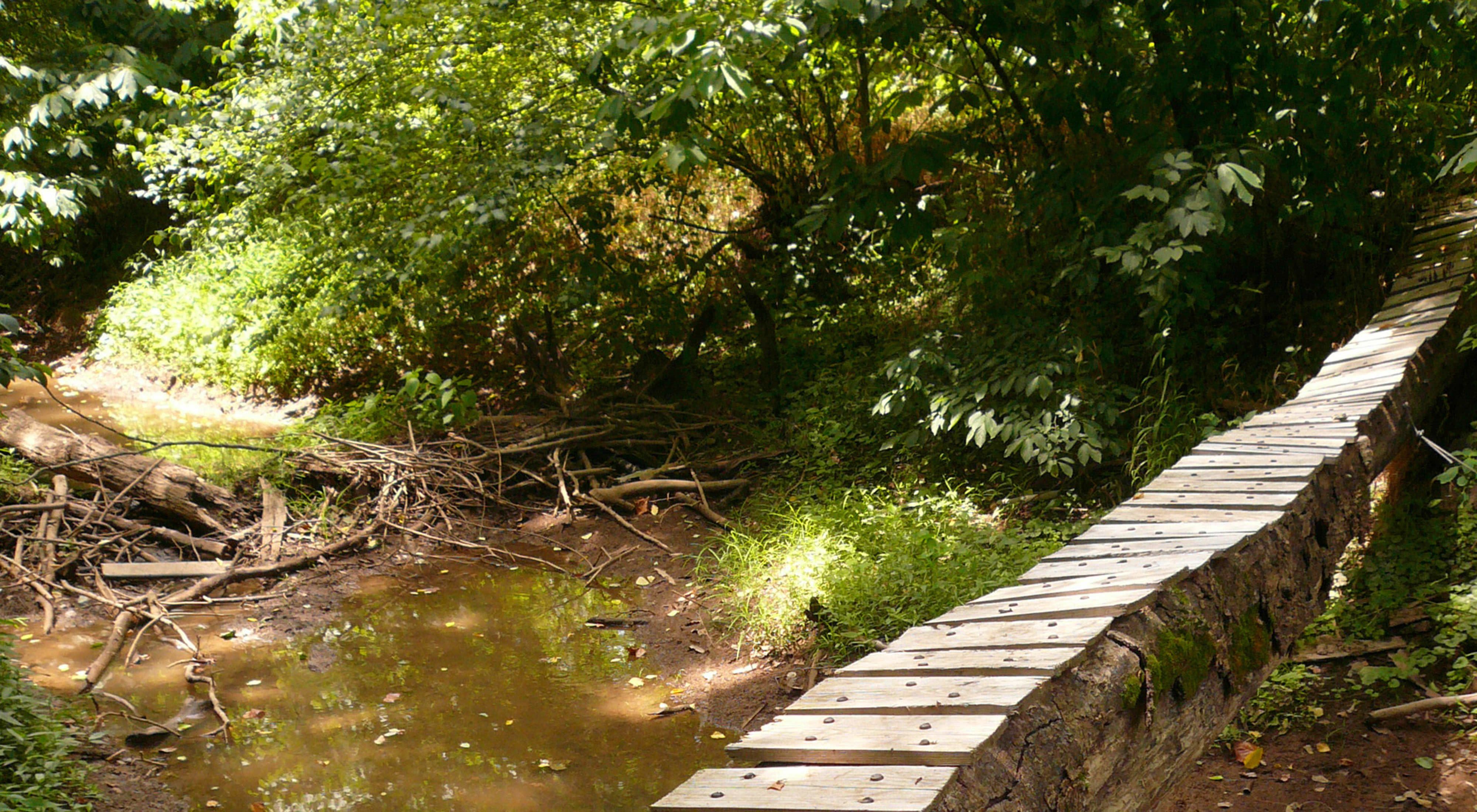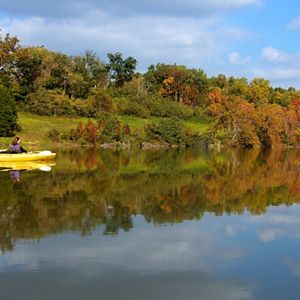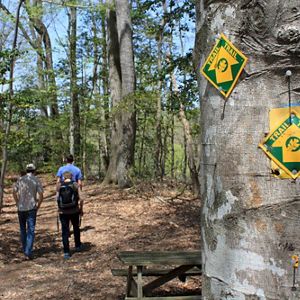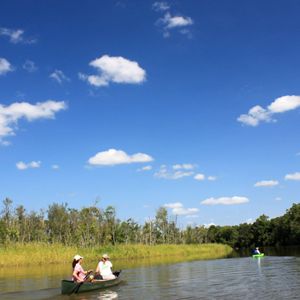Description
Located on two terraces overlooking the beautiful Rappahannock River, the Alexander Berger Memorial Sanctuary consists of a mature, second-growth forest that hosts a diverse and distinct array of plant life.
The two wooded parcels were given to The Nature Conservancy in 1963 by Mrs. Helen Bryan and family in memory of her father, Alexander Berger. The sanctuary was originally a part of the historic Belvedere Peony Farm where Mr. Berger made his home until his death in 1940. The manor house at Belvedere was originally built by Colonel William Dangerfield before the Revolutionary War.
The uplands portion has remained relatively undisturbed since 1864, when it was used as an encampment and rear-line artillery position for the Confederate army. Vestiges of Civil War fortifications remain on a knoll that provided a view for those passing on the way to Fredericksburg.







